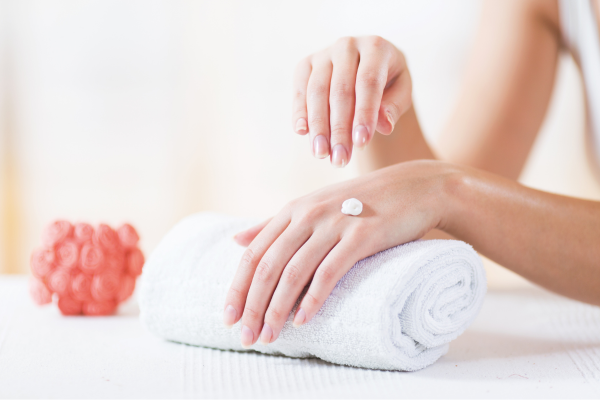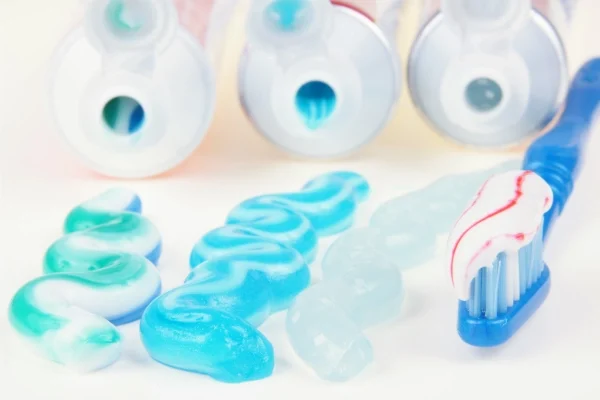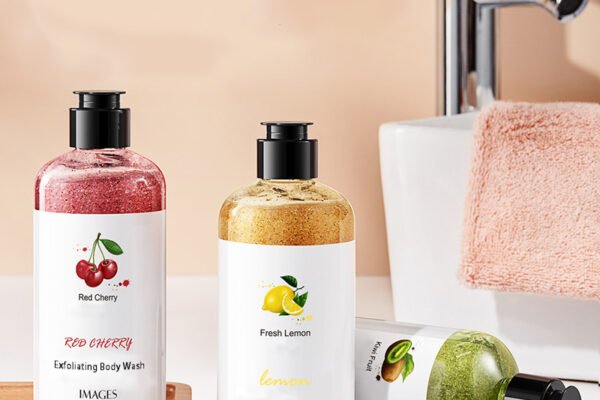When the weather turns cold and dry, or after frequent hand washing, our hands often become the first victims of dryness and roughness. Finding the best hand cream isn’t just about luxury—it’s an essential step in maintaining healthy, comfortable skin. But with countless options available, how do you identify what makes a hand cream truly effective? This guide will walk you through the key factors to consider.
The Science Behind Effective Hand Creams
The primary goal of any hand cream is to moisturize, but not all moisturizers work the same way. Effective formulations often combine ingredients that perform two crucial functions: adding moisture and sealing it in.
Key Moisturizing Ingredients in Hand Creams
Glycerin: A fundamental component in many quality hand creams, glycerin is a humectant. This means it acts as a moisture magnet, drawing water from the deeper layers of your skin and the environment into the outer layer. It’s a non-greasy, effective moisturizing agent that is generally well-tolerated by all skin types. When scanning ingredient lists, look for glycerin listed as a primary component for guaranteed hydration .
Hyaluronic Acid & Ceramides: For those struggling with very dry or cracked skin, ingredients like hyaluronic acid and ceramides are game-changers. Hyaluronic acid is a powerful humectant capable of holding vast amounts of water, thereby plumping the skin. Ceramides, on the other hand, are lipids that naturally occur in the skin and form a protective barrier. Using a cream with ceramides helps repair the skin’s natural shield, preventing moisture loss and protecting against environmental irritants .

Powerful Locking-In Components in Hand Creams
To prevent all that added moisture from evaporating, the best hand cream will contain occlusive agents. These ingredients create a protective film on the skin’s surface.
Shea Butter: Extracted from the nuts of the shea tree, shea butter is a rich emollient packed with fatty acids and vitamins. Its small molecules allow it to penetrate the skin deeply without leaving an overly greasy feel. More importantly, it forms a long-lasting barrier on the skin, preventing moisture from being washed away easily by water or soap. This makes it a star ingredient for long-term protection .
Mineral Oil and Petrolatum: These are classic, powerful occlusives. They are highly effective at creating a barrier that minimizes water loss, making them ideal for extremely dry or chapped hands .
Finding Your Perfect Match Hand Creams: Texture and Feel
The most effective cream in the world won’t do you any good if you dislike using it. The texture of a hand cream greatly influences both its performance and your experience.
Generally, hand creams come in three main textures:
Lotion: A light, fluid texture that is typically quick-absorbing and non-greasy. This makes it an excellent choice for daytime use or for those who frequently use keyboards and touchscreens.
Cream: A richer, thicker consistency that offers a balance between intensive moisturizing and comfortable wear. It’s ideal for providing substantial nourishment without being too heavy. Generally, hand creams for dry hands have a creamy texture.
Balm/Ointment: This is the thickest texture, often containing higher concentrations of oils and waxes. While it might be slower to absorb and leave a more noticeable residue, it provides a robust protective layer, making it the best hand cream for severely dry, cracked skin or for overnight treatment .
A crucial factor for consistent use is whether the cream feels sticky or not. A quality hand cream should absorb efficiently, leaving your hands feeling soft and smooth, not tacky. This is often a sign of a well-balanced formulation where the ingredients are properly absorbed by the skin.
A Note on Fragrance and Sensitivities on Hand Creams
The scent of a hand cream can be a delightful sensory boost. However, it’s also an important practical consideration. Strong fragrances might be enjoyable to some but overwhelming to others in shared spaces. Furthermore, fragrance is a common cause of skin irritation.
Many hand creams contain potential allergen ingredients such as limonene, linalool, or geraniol . If you have sensitive skin or conditions like eczema, it is wise to look for fragrance-free formulas. These products eliminate common irritants, focusing solely on moisturizing and protecting the skin without the risk of triggering a reaction.

How to Choose best Hand Cream and Use Wisely
Selecting the best hand cream goes beyond just the ingredient list. Here are some practical tips:
Read the Label: Don’t just rely on marketing claims. Take a moment to glance at the ingredients. Look for products that have moisturizing agents like glycerin and hyaluronic acid, paired with barrier-building components like shea butter or ceramides.
Beware of “24-Hour” Claims: While some creams are long-lasting, be aware that these claims can be misleading. Since we wash our hands frequently throughout the day, the protective layer of cream is often removed. It’s more realistic to expect to reapply your hand cream as needed .
Timing Matters: For maximum benefit, make a habit of applying hand cream immediately after washing your hands. Damp skin allows for better absorption of the moisturizing ingredients, helping to lock in that extra bit of water.
Conclusion
So, what is the absolute best hand cream? The truth is, there is no single answer. The best hand cream for you is one that effectively combines proven moisturizing and barrier-repairing ingredients, has a texture you enjoy, and lacks any irritants that could bother your skin or your nose.
It might be a lightweight lotion with glycerin for all-day use or a rich shea butter hand cream for overnight repair. By understanding the science and your personal preferences, you can move beyond the marketing and find a product that truly keeps your hands healthy, soft, and comfortably smooth.






